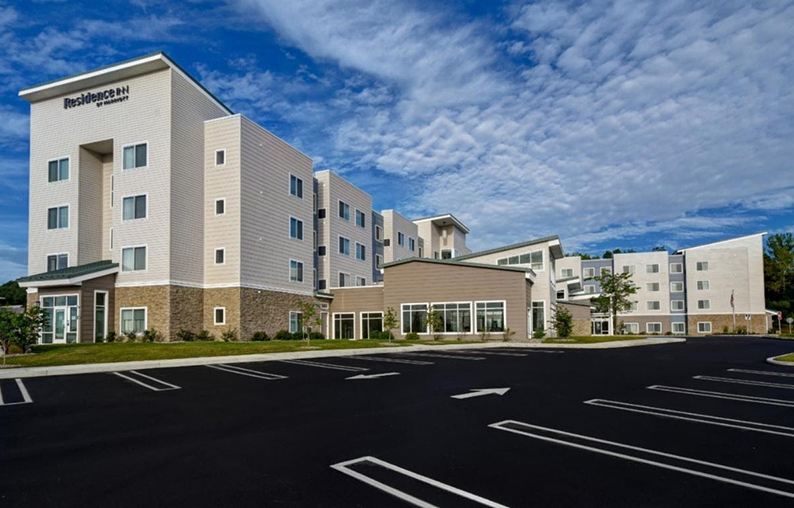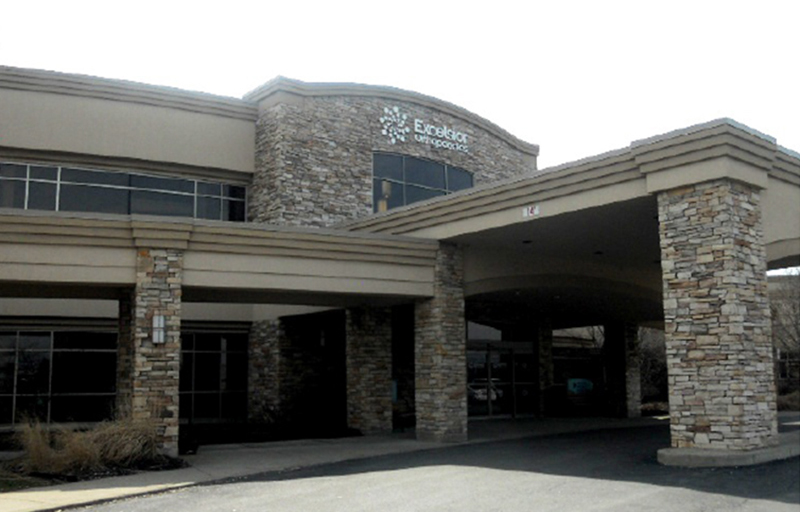News:
Finance
Posted: May 19, 2008
The benefits of using a construction or improvement 1031 tax-deferred exchange
Wouldn't it be great to start construction on raw land or make needed repairs to a building that you don't own yet, and use those improvements to defer your capital gains from the sale of a different property? You can, using a construction or improvement 1031 tax-deferred exchange, and the guidance of a skilled qualified intermediary (QI) like 1031Vest, LLC.
Both construction and improvement exchanges use "safe harbor" parking arrangements just like reverse exchanges. Since the exchangor cannot own both the relinquished and replacement properties at one time, the replacement property is "parked" with the QI during the exchange period through an Exchange Accommodation Titleholder (EAT), which takes title to the property. The exchangor and the QI enter into a Qualified Exchange Accommodation Agreement (QEAA) agreeing that the EAT will have the "beneficial indicia of ownership" of the property during the exchange period, but the exchangor will be responsible for managing the construction project. When the 180-day exchange period has ended, ownership is transferred to the exchangor. The exchangor therefore defers capital gains that would otherwise be realized on the sale of the relinquished property, and also ends up with a customized, value-added replacement property.
In a construction exchange, the replacement property is either a partially-constructed building or bare land to be improved by construction. For a fully tax-deferred exchange, the cost of installed construction plus the purchase price of the property must equal or exceed exchange funds of the relinquished property. The biggest advantage of these exchanges is that the construction doesn't have to be completed when the exchangor takes title. As long as the costs of the installed construction up to that point bring the exchange value of the replacement property to at least that of the relinquished property, then the capital gains from the sale of the relinquished property have been fully deferred. The biggest challenge to a successful construction exchange is the amount of planning needed to ensure that permits and funding are in place when the 180-day exchange period begins, since extensive delays in construction will reduce the amount of completed work when the exchange ends. Any raw materials on the property that have not been installed at that time are considered by the IRS to be personal property and therefore not like-kind.
There are other pitfalls to a successful construction exchange, and finding a QI experienced in these parking arrangements is key. First, the 45-day identification rules still apply, but the proposed construction must also be identified to a sufficient degree. Generally, the IRS accepts a legal description or street address of the property, with as much detail as possible regarding the construction plans. There is no rule regarding the specificity of the project details, but minor diversions from the plan would probably not be disallowed. However, if the exchangor states in the identification that a six-story apartment building will be constructed, and a ground-level warehouse is built instead, the exchange would be imperiled.
Another potential pitfall in a construction exchange deals with project financing. The exchangor may directly "loan" the EAT the acquisition and construction funds, but it is more likely that the exchangor will need to obtain a construction loan from a third-party lender. Most commercial lenders are familiar with tax-deferred exchanges, and will agree to lend to the EAT, with the exchangor's guarantee. The exchangor cannot be a borrower on the note, or receive any loan disbursements. The EAT pays the contractors, and may also reimburse the exchangor's outlays by paying credit card companies or suppliers directly.
Improvement exchanges are similar to construction exchanges. Here, the replacement property is a pre-existing structure to which repairs or renovations are done during the exchange period. In order for an improvement exchange to successfully defer 100% of the taxes, all of the planned improvements must be finished before the exchangor takes title. The biggest challenge in an improvement exchange is therefore the identification of the property. All planned improvements must be identified as specifically as possible on the 45-day ID Form, and only in the amount necessary to bring the property's price up to the level as the relinquished property.
Of course, title insurance is necessary in both construction and improvement exchanges, and lenders usually require property insurance as well. Given these realities, it is helpful to find not only a reputable title company and property/casualty company experienced in the nuances of commercial construction project and loan issues, but also ones who understand the strict timeframes imposed by 1031 exchanges. Because 1031Vest can work closely with affiliated companies TitleVest Agency, Inc. and InsureVest Brokerage, LLC throughout the exchange, 1031Vest is in a unique position to balance the careful planning of the construction with the special requirements of these 1031 exchanges without many of the complications that can otherwise arise.
Cynthia Kern, Esq. is a legal counsel at 1031Vest, LCC, New York, N.Y.
Tags:
Finance
MORE FROM Finance
Brookhaven IDA closes on economic incentives for Coco Architectural Grilles
Holtsville, NY A fourth-generation family-owned, custom metal-fabricating business will expand in Holtsville after the Town of Brookhaven Industrial Development Agency (IDA) closed on a package of economic incentives.

Quick Hits





.jpg)


.jpg)